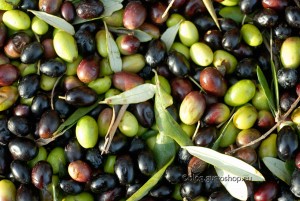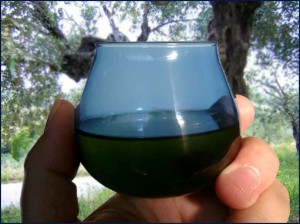How to recognize the quality of olive oil
Olive oil is one of the glories of Italian production, the olive, at the base of its production, it is grown and harvested in each Italian region, with a range of flavors and aromas very wide and varied. Recognizing, however, a quality olive oil by a poor or added one is not a simple thing to do, the elements in the game are really a lot, and sometimes the differences are minimal.
Olive oil is one of the foundations of the Mediterranean diet, and a professional taster of olive oil, in the same way a sommelier, is immediately able to recognize the degree of purity, already only by smell. Much more difficult the task of the consumer, since the labels present on the bottles do not provide all the information, such as the origin of the olives and their eventual processing in a company mill, an element that improves the quality of the produced oil, which is extracted from olives in a very short period of time following the harvest.
A genuine product must be able to explain an element of strong distinctiveness / uniqueness through at least one of the undermentioned:
• Raw material
• dedicated supply chains
• Manufacturing processes
That element it must be able to tell: it becomes the narrative element of each product.
Going back to the initial problem, how is possible to recognize a quality olive oil without following some specific course about it? Here some advice.
Smell the oil, poured into a glass, eyes closed, not to be influenced by the color more or less dark of the oil, if perceive a scent of herbal substances, vegetable or fresh fruit are in the presence of a good product, if instead this smell should recall overripe fruit and vegetables or worse still proves rancid, the product is to be discarded.
After the olfactory test run the taste test, to do it in the most appropriate way you need the following materials: dark glasses to avoid being influenced by the color of the oil, carbonated water to rinse your mouth, a green apple to clean the palate from oil molecules after each tasting. You drop a few drops on the tongue and inflate air, this action will strengthen perceptions that already being felt in the olfactory phase of the control further helping in the selection of the right oil.
As we wrote in the introduction, Italy is rich in quality oils from North to South, where the oil mills select the best varieties of oil, helped by nature and passion.
Now it’s up to you to choose the oil that you prefer.







Leave a comment